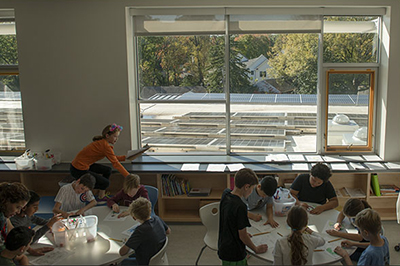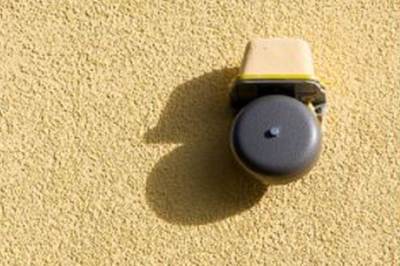Occupancy Type
Occupancy Type
Room Activity (RA)
From the supporting literature (linked above), classroom background noise also comes from various activities that are carried out inside and outside the classroom. These activities include conversations, playing, movement, attendance, and lunch, entering the classroom, giving instructions by the teachers, and interactions among students and teachers.
Recommendations
1. Classroom walls, floor, and ceiling should be constructed with soundproof materials.
2. Doors and window system that complements quality sound should be used in classrooms.
3. Acoustic consideration should be made in the design of classrooms and school buildings.
4. Use natural materials in building construction and discourage the use of synthetic materials.
Population Density (PD)
Defining the average number of people that use the space and contribute to noise.
From the supporting literature (linked above), one of the key factors that influence classroom noise is the number of students in a classroom. Noise control mechanism might be needed more in densely populated classrooms than in classrooms with fewer students.
References
1. Barrett, O. et al (2013) A holistic, multi-level analysis identifying the impact of classroom design on pupils’ learning. Building and Environment, 59, 678-689.
2. Bailey, J.A (2009) A Synthesis of Studies Pertaining to Building Conditions, Student Achievement, Student Behavior, and Student Attitude. Virginia Polytechnic Institute and State University, Virginia Beach, Virginia.
3. Blackmore, J. et al (2011) Research into the connection between built learning spaces and student outcomes Literature review. Department of Education and Early Childhood Development, State of Victoria.
4. Haghighi, M. M., Chiao, L. E., & Mohd, M. B. Effect of Acoustic on Students’ Performance in Secondary Classroom Environment: A Review. International Journal of Modern Engineering Research (IJMER), 2(4), 2557-2560.
5. Tanner, C. K (2015) Green School Characteristics, Sustainability, and Student Learning. Marketing the Green School: Form, Function, and the Future, Information Science Reference, Hersey, PA, 25-37.
6. Tanner, C.K (2009) Effects of school design on student outcomes. Education Administration, 47(3), 381-399.
7. Uline, C; & Tschannen‐Moran, M (2008) The walls speak: The interplay of quality facilities, school climate, and student achievement. Educational Administration, 46(1), 55-73






